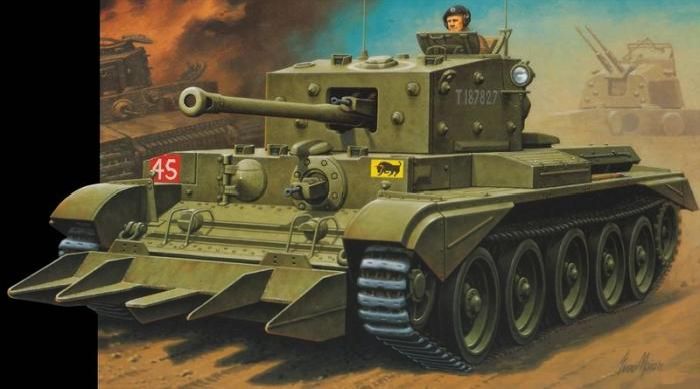|
|
Tank Drawing
|
Countermeasures
The measure of a tank's protection is the combination of its ability to avoid detection, to avoid being hit by enemy fire, its resistance to the effects of enemy fire, and its capacity to sustain damage whilst still completing its objective, or at least protecting its crew. In common with most unit types, tanks are subject to additional hazards in wooded and urban combat environments which largely negate the advantages of the tank's long-range firepower and mobility, limit the crew's detection capabilities and can restrict turret traverse. Despite these disadvantages, tanks retain high survivability against previous-generation rocket-propelled grenades in all combat environments by virtue of their armour.
However, as effective and advanced as armour plating has become, tank survivability against newer-generation (1980s) tandem-warhead anti-tank missiles is a concern for military planners. For example, the RPG-29 is able to penetrate the frontal hull armour of the Challenger II and also managed to damage a M1 Abrams.
|
|









